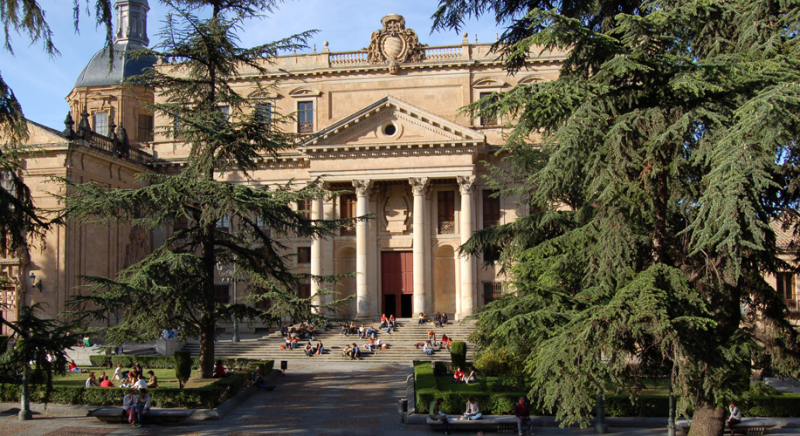University of Salamanca
The University of Salamanca is a public university that is an important center for humanities research. It is especially famous for its language studies and courses in law and economics. Scientific research is carried out within the university and its affiliated research centers: the Center for Cancer Research, the Institute of Neuroscience of Castile and Leon, and the Ultrashort Ultraintense Pulsed Laser Center. The Academy began as a Church School in 1130, although the university itself was founded in 1134 and was granted a royal charter by King Alfonso IX in 1218. Several colleges were founded as charities to enable poor scholars to attend the University, but by the 18th century, these companies had become closed corporations run by the families of the founders. The colleges were later destroyed by Napoleon's army or turned into science buildings that are still in use today.
The University of Salamanca was founded in 1134 and was awarded a Royal Charter in 1218, making it the oldest institution in Spain and one of the oldest universities around the world. Located west of Madrid, this is the base on which Christopher Columbus made a case to gain royal support for his Indian expedition in the late 15th century. The University of Salamanca served about 26,746 students on 9 campuses of the school. Aside from students attracting both from the communities of Castile and León and surrounding regions, the university also attracts more than 2,000 foreign students each year and is particularly known for its Spanish courses for non-native speakers. It ranks between 601-800th on The Times Higher Education World University Rankings 2020.
- Location: Salamanca, Spain
- Established in: 1134
- Website: https://www.salamanca-university.org/












